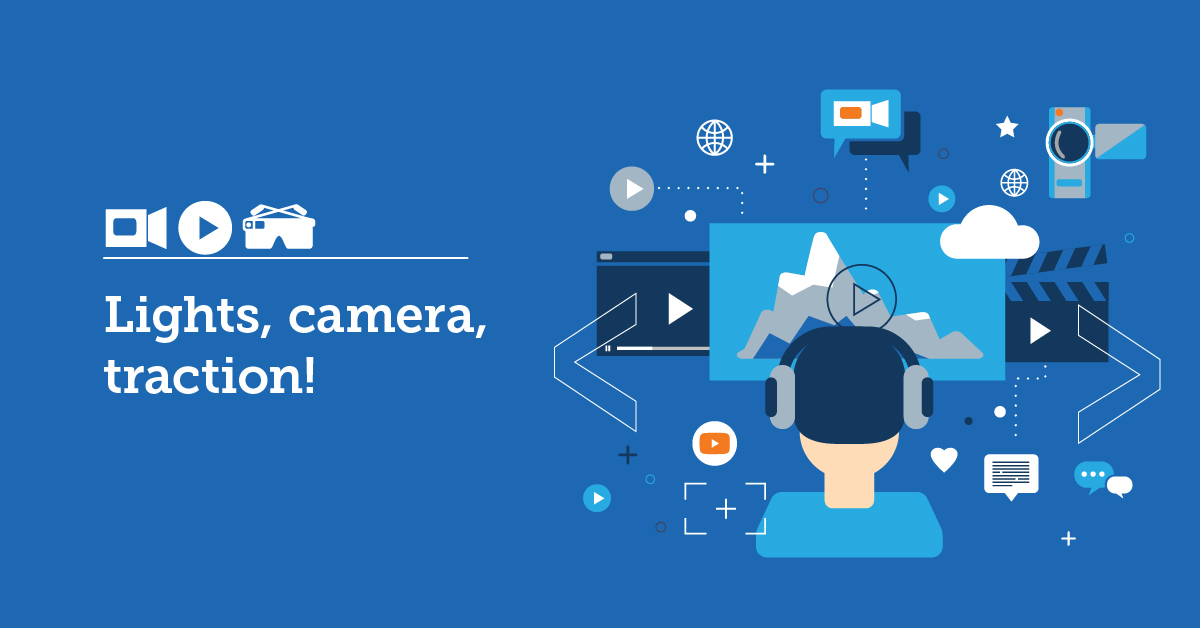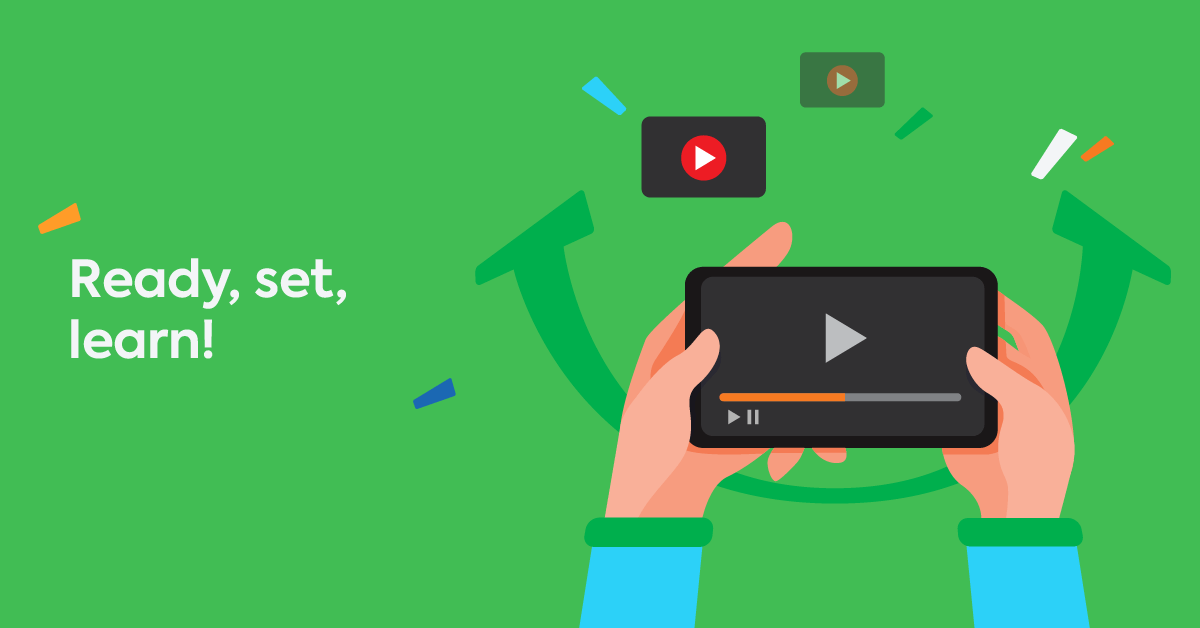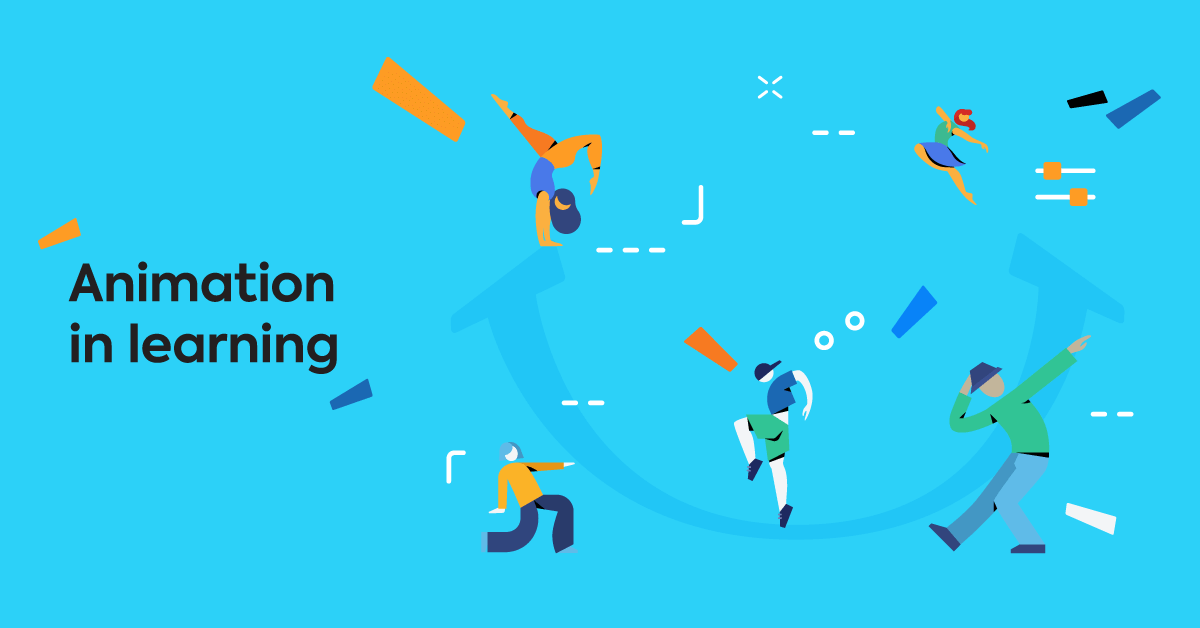It is estimated that by 2022, 82 percent of the global internet will be video-based. To help you realize how significant this number is, visualize our planet. That huge water proportion on Earth’s surface covers only 71 percent of the globe.
Online videos introduced a new era. An era in which content is delivered faster and in a more efficient, utterly digestible way.
Training videos will not be the exception.
Since you’re here, you’ve probably already realized the power videos hold in eLearning. So, how can you make them better?
Together we‘re taking a look at 8 simple hacks that’ll step up your online training videos game:
1. Prepare like winter is coming
No matter what eLearning tools you’ve got, a training video for employees or just a video version of your eLearning ppt file, video production needs preparation. Tons of it.
You didn’t think people who excel at making eLearning videos are natural-born talents, right? Because, spoiler alert: they’re not.
Nobody’s born knowing how to create compelling training videos. But everyone can learn how to organize their workload better.
Most video producers are simply proactive. They create a schedule and stick to it. They outline their eLearning videos before they start shooting. So, here’s a list of what you need to do before you hit that REC button:
- Outline your video
- Write your script
- Rehearse in front of a mirror (if it’s not just a screen recording video)
- Sound-check
- Record
Oh, and we know what you’re thinking: “Script?”
YES! You need to know what it is that you have to say before you start saying it. Those “um’s” and “eh’s” are not cute. We’re sorry to be the bearers of bad news, they’re actually distracting.
2. Tell an interesting story
As you’re preparing your script, keep in mind that you need to tell an interesting story.
People are dying to hear stories. Ever since we were children, tales have captured our imagination. There’s this magical element of suspense that keeps us captivated when facts are presented in the right order—no matter how much the overall subject interests us.
Learners who come to you have real problems that need to be solved. By providing them with a story of a hero they can relate to, you won’t only engage them, you’ll be invaluable to them.
You could be producing business training videos, training videos for employees, or some basic onboarding audiovisual material. Whatever it is, when you’re instructing someone via an online video course, don’t bore them with tons of information. Tell stories. Provide examples, case studies, or fun facts. They’ll hook your learners in.
Add videos to your courses with TalentLMS
The training platform that users consistently rank #1.
Easy to set up, easy to use, easy to customize.
3. Too long, too dull
Let’s tell you a secret. Long videos don’t perform that well. Information is always better in small doses, and this is precisely why you need to focus on your key takeaways while abstaining from fluff and unnecessary learning material.
So, keep your eLearning videos brief. The length will depend on the course, but try keeping them as short as three to five minutes.
When creating videos for employee training, cover one topic at a time, and don’t try to explain every single detail in one video. Information overload is a huuuge learning turn-off.
4. Mind your graphics
Our brains are programmed to react strongly to images. Think about a sunset you once saw and wanted to capture. A night to remember when you had fun and all those photos you took. Think about yourself as a kid. Remember how often you leafed through The Cat in the Hat? Or how Where the Wild Things Are transported you to another world?
This is exactly the kind of engagement good graphics create.
If you‘re using basic images when you make training videos, your learners will never feel the emotional connection you want them to. What you should be aiming for is both the best-looking images you can find and the ones that feel 100 percent relevant to your course.
The best way to determine what kind of graphics you should use in your online learning videos is to decide the outcome of the course from the start.
Answer these three basic questions to figure out what kind of artwork would work for you when you create eLearning videos:
- What is the emotional atmosphere you want to build in your overall eLearning content?
- How do you want your learners to feel when they’re taking your courses?
- What is the nature of your brand?
You might not have any graphics at hand—it’s ok, we don’t judge. If so, you can always visit a platform like Shutterstock (paid) or Unsplash (free), where you can find various images in high resolution.
Or, you can use an online library of ready-made eLearning videos, like TalentLibrary™. This way, your learners will get access to videos with engaging graphics and fun characters even if you don’t have the expertise or resources to make them on your own.
Meet TalentLibrary™
A growing collection of ready-made courses that cover the soft skills
your teams need for success at work![]()

5. Soundcheck. And then soundcheck again
Most YouTubers (you know, the new rockstar generation that thrives online and earns millions?) agree. Your video sound is as important as the images.
Picture this.
You’ve learned how to create fantastic training videos, you’ve planned your video project, shot it, and wrapped your eLearning video production. In the editing stage, you realize that the sound is terrible.
Your eLearning video is now useless.
You don’t need the best video camera for training videos. But you do need to invest in a good microphone. And you should absolutely check your sound before you start shooting. Make sure your voice sounds clear, bass and treble levels are set right, and that you are not shooting in an empty space. Echo isn’t cool.
With those small changes, you’ll achieve professional, studio-like results.

6. Use background music
Ah, music. One of the most motivational sources. What’s more, it’s scientifically proven that music enhances learning.
Remember that signature Tetris music? It was specifically designed to help players focus on the game and keep them hooked. If a simple, almost childish melody can evoke emotions, why can’t you?
We aren’t suggesting that you compose a new track for each course—after all, this is a post on how to make your eLearning videos better. Not how to become the next Vivaldi. Some music, though, always makes things lighter, brighter, and more accessible.
But, again, pick a track with your objectives in mind.
For example, if you have a course in relationship building at work, some lively background music would be a great fit. On the other hand, if it’s about meditation at your desk, a harmonious melody sounds like an excellent choice.
However, you need to be cautious. You don’t want to use licensed music. There are many royalty-free music websites out there with fabulous, affordable, or even free tracks. Bensound and Filmstro are just two of them.
7. Dig out your warmest personality
No matter how you decide to create your videos, there is one unique factor: You! The talent of your LMS (got the pun?)
See, there’s this common belief that learning is boring.
But go back in time and remember your favorite teacher. The one who was always excited about their work. That teacher’s class wasn’t boring, right?
So, now you understand why you mustn’t be tedious as an instructor.
You are the one that learners are going to watch, listen to, and engage with. If you’re having fun, your viewers can tell. If you’re bored or insecure while shooting your eLearning video, the same thing will happen.
Appear happy, present yourself as more playful, and your trainees will love you. If you’re recording a talking head video, adjust your voice to the atmosphere you want to create and don’t be afraid to smile. This will make you more relatable, and likable.
Be the person you would want to hang out with; not the stick in the mud. This will turn stiff eLearning videos into great interactive training videos your learners will enjoy.
So, practice and have fun with it!
8. Add variety to your eLearning videos
Learners can get easily bored.
To make online training easier for them, you need to create various kinds of video content while keeping in mind all the different variables that compose the final product.
Don’t stick with the same background for each video, change the music a little, or maybe the way you introduce yourself.
Be careful, though. You don’t want to overdo it. Have three to four different options and play around them. These tiny little details form your overall identity.
Another small change you can make that’ll make a big difference is to mix it up. Use different kinds of video in your eLearning video courses, or alternative types of mini-videos included in your end product. Some of the most popular options include:
- Slides
- Screen recordings
- Voice-overs
- Animations
- Talking heads
The possibilities are endless, but keep in mind that editing is always needed, otherwise your learners will fall asleep. Experiment with transitions, effects, and sound effects in your video software, but in moderation.
Keep it diverse, but also clean and straightforward.
Over to you
Now you know how a few small changes to your eLearning videos can make a big difference. If you think this quick and dirty guide to improving online video courses will help someone in your community, share it with them now.
Originally published on: 19 Nov 2018 | Tags: eLearning Videos



